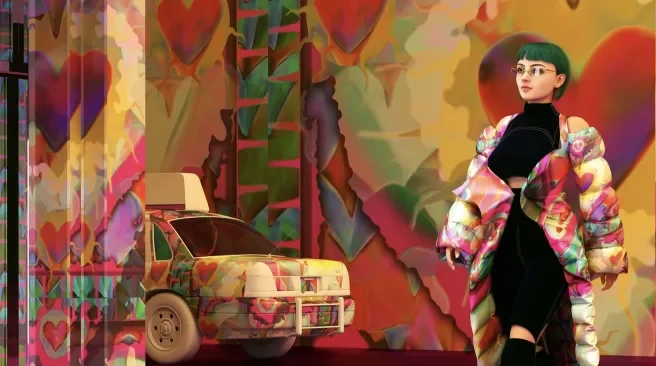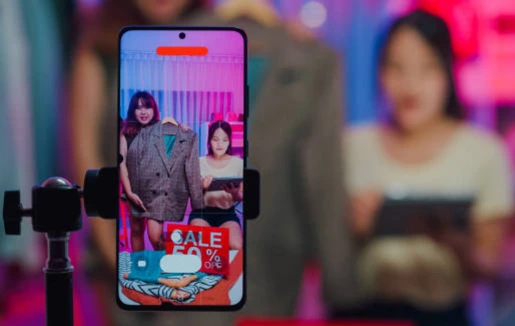What is E-Commerce?
E-commerce is defined as commercial transactions facilitated electronically via the Internet. There are a few different types of e-commerce, but for further clarification, we will be focusing on ‘Direct-to-consumer’ e-commerce, also known as DTC. One of the first brands to be recognized for its e-commerce presence was Boo.com. A British-birthed e-commerce retailer that in a very short period was able to trailblaze the possibility of fashion accessibility online. After the Boo.com run that lasted from 1998 to 2000, Net-A-Porter embarked on the same journey. Similarly, Amazon played its hand in fashion e-commerce selling over $100k in pants. To this day, Net-a-Porter is considered to be one of the biggest fashion e-commerce spaces, and Amazon has its own lane in e-commerce D2C with its various products.
E-Commerce’s Entrance into Fashion
Transitioning fashion from an in-person experience to an online experience created pathways to generate the emerging concepts we see today. E-fashion would be lost in translation without e-commerce and its heavy impact on the fashion industry. Take Gucci for example, another fashion brand that took a chance on having a website to hold an e-commerce presence. Gucci is one of the first luxury brands to take on the fashion industry e-commerce scene and in 2002, re-shaped the idea of luxury brands as being solely exclusive to a specific customer.
Entering an e-commerce dimension allowed luxury brands to further understand their clientele by simply having means to reach a wider audience which is just one of the many benefits of e-commerce in the fashion industry. A personalized experience for the shopper with tabs like “What’s New?” allows consumers to have access to the most recent collection releases as another advantage. Gucci explicitly, has always aimed to maintain the brand aesthetic and integrity at its core. With brand ideals as the forefront focus and DTC following second, it’s allowed them to create a consumer-friendly experience via their website while still holding precedence to the in-person shopping experience.
Fashion industry e-commerce was one of the first channels where we began to see just how pivotal technology can be in retail spaces, for small or large businesses, and within the industry as a whole. The fashion industry was introduced to new ways of not only reaching customers with DTC outlets but also having access to much faster means of analytics. An algorithm of data was created before our eyes on fashion trends, sales, product preferences, etc. Fast forward to the present day, where we now have access to live chat assistance via fashion industry e-commerce sites. As technology has advanced, luxury brands and designers have gained more personalized tools for their crafts. There are now apps and companies like Edited and Intelligence Node, that aid consumers in tracking sales data, inventory management, and even trend tracking in real-time.
As time progresses, we will continue to see the relationship between e-commerce and e-fashion and how it continues to evolve. From artificial intelligence modeling clothes to programs and software that bridge the gap between hands-on design efforts to the ever-growing digital design efforts. History is our greatest teacher and tool, and in order to understand where we are going we must first know where we started. Whether we’re ready or not, technology and digital platforms are taking over the fashion industry, and design spaces are evolving into something that calls for further exploration as we keep moving forward.




0 Average rating (0 reviews)